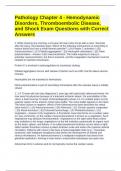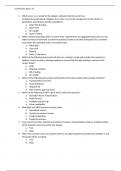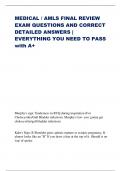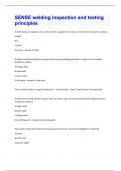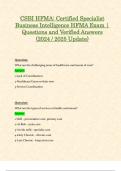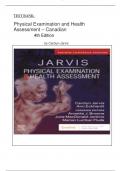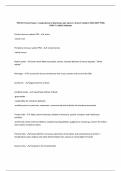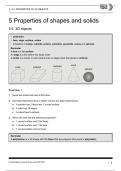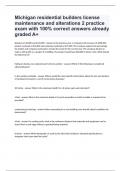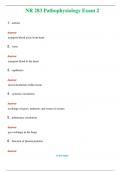Exam (elaborations)
Pathology Chapter 4 - Hemodynamic Disorders, Thromboembolic Disease, and Shock Exam Questions with Correct Answers
- Course
- Institution
1. While shaving one morning, a 23-year-old man nicks his lip with a razor. Seconds after the injury, the bleeding stops. Which of the following mechanisms is most likely to reduce blood loss from a small dermal arteriole? □ (A) Protein C activation □ (B) Vasoconstriction □ (C) Platelet aggre...
[Show more]
